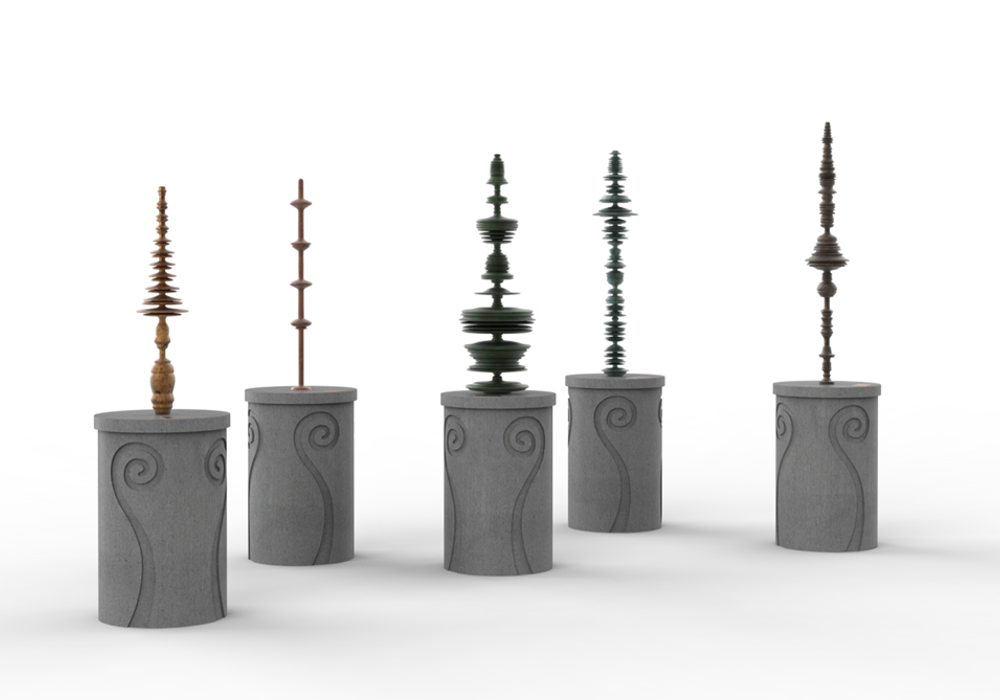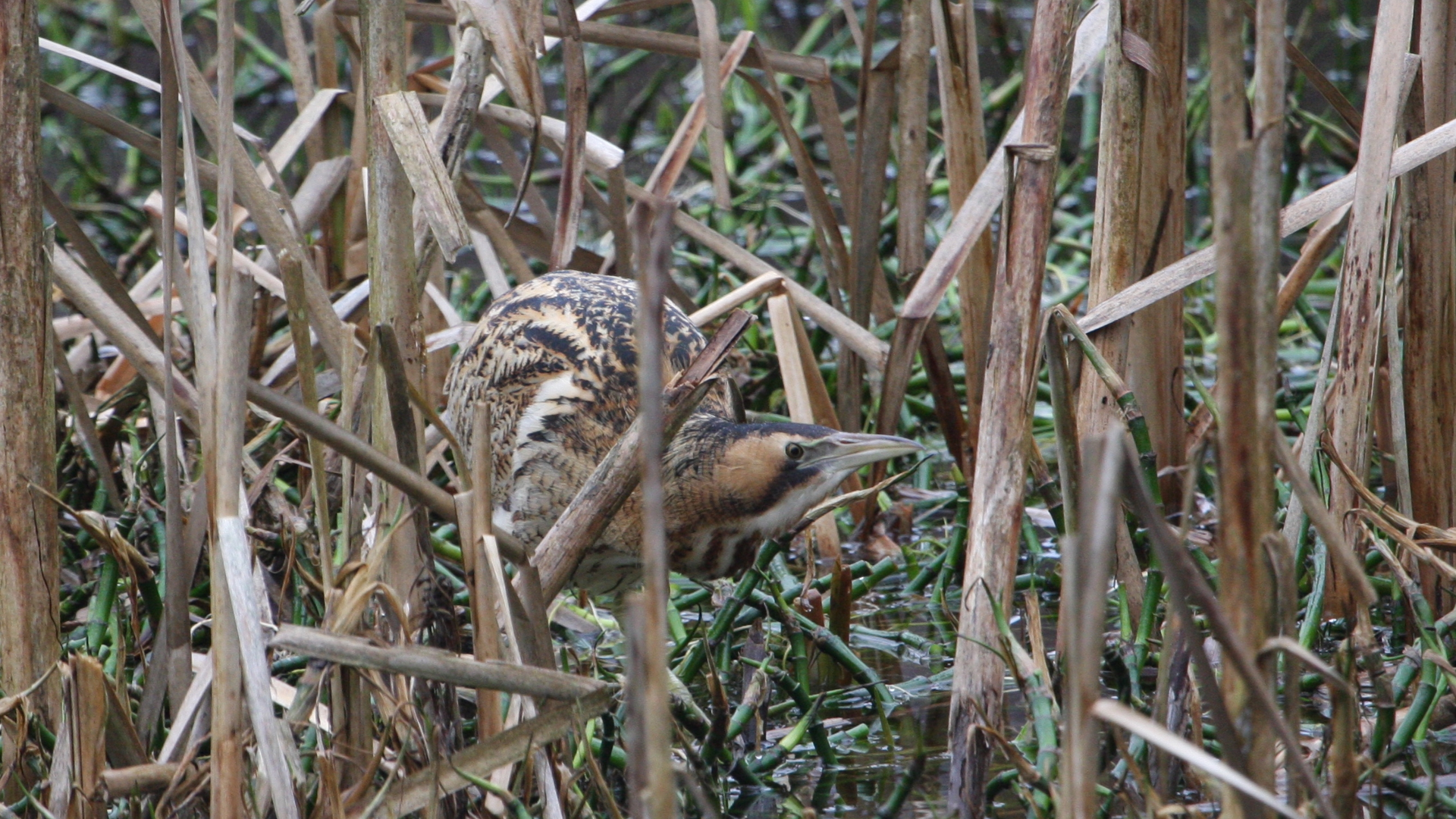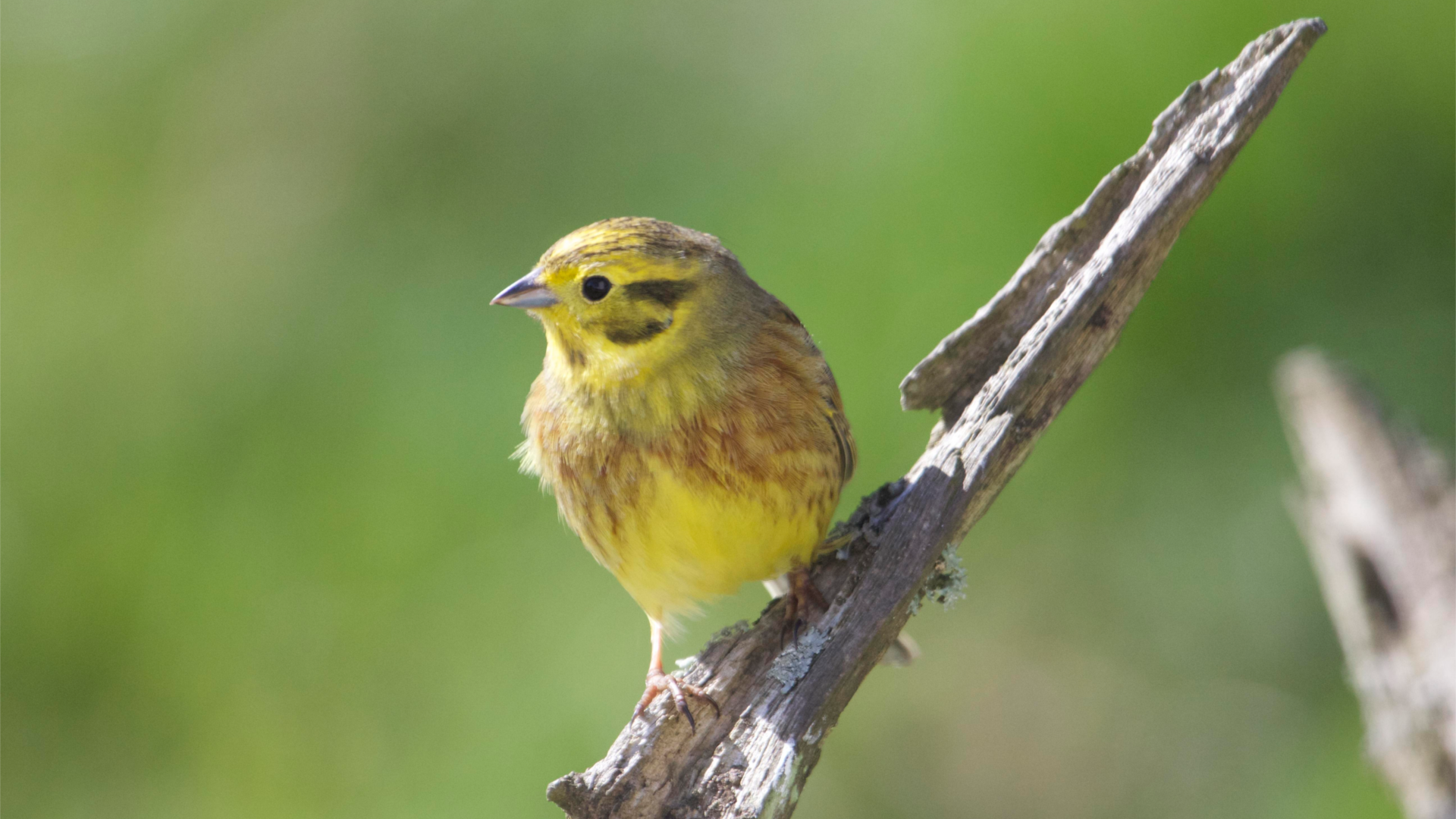There is something quintessentially English in a Skylark rising over pastures and its song getting quieter and quieter as the bird rises high and higher until it becomes invisible to the human eye. On the ground it may pass unnoticed being various shades of brown and buff which camouflages it against a ploughed field. Its short crest is only seen at close quarters and the pale margins of its wings and tail may be noticed as it takes flight, but it is generally it’s the song that attracts our attention.
Song
Rich and rambling, it is little wonder that the Skylark’s song has inspired so many poets and composers. This is the bird of whom Shelley wrote “That from Heaven, or near it, Pourest thy full heart, In profuse strains of unpremeditated art.”
These effortless outpourings are a summer joy, uttered as the male hovers on flickering wings, climbing ever higher. Peer up and see if you can find him, a dot in the blue, and then lose yourself in his rapture.
Each verse can last several minutes without pause, at times appearing to be a random jumble, but listen closely and you will spot little repeated phrases, while running through it all is a purring quality as if he is rolling his ’r’s.


Conservation
Once one of the most common and widespread species in Britain, it came as a shock when Skylark numbers began to plummet in the 1970s. Agricultural intensification and the switch from spring sowing to autumn sowing of cereals reduced winter stubble feeding areas and resulted in spring growth being too dense for nesting. Numbers fell by about a half, but there has been some indication of a small recent recovery due to local conservation efforts.
Waterton
Skylarks nested in the grounds of Walton Hall when Waterton was a child (he even tried eating a skylark’s egg!). This species would have been common all over the local farmland and also up on higher ground near the moors. The coming of the soap industry to the locality had a devastating effect on the countryside and would have reduced the skylark population along with most other farmland species.
A Sculpture from The Auguries (Last Calls)
Andy Holden was inspired by the fact that the world’s first recognised nature reserve was founded in the Wakefield Disctrict by Charles Waterton at Walton Hall in 1826. Waterton also invented the ‘hide’ for observing birds. Andy has a special interest in birds and often works with his father, Peter. Peter Holden formerly worked for the Royal Society for the Protection of Birds and created the annual Big Garden Birdwatch.




